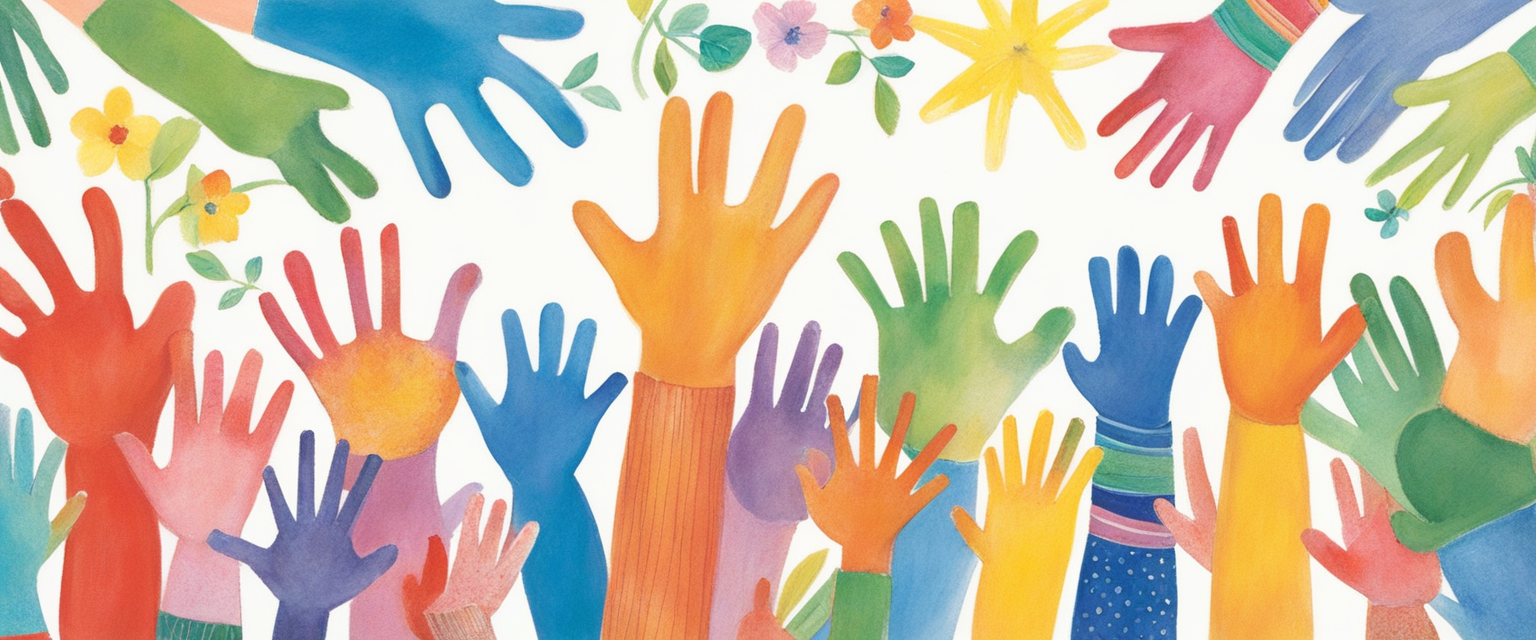
Imagine a classroom where the traditional rows of desks are replaced by vibrant, interactive learning stations. Here, children are not just passive recipients of information but active participants in their own educational journey. This vision of the future of education is not as far-fetched as it might seem. As we delve into the world of visual, kinesthetic, and multisensory learning, we uncover the potential to revolutionize traditional teaching methods and reshape the classroom of the 21st century. Explore more about the benefits of multisensory learning in our related article.
Visual Learning: Seeing is Believing
Visual learners thrive on images, diagrams, and color-coded information. They absorb information best when they can see it represented visually. This method taps into the brain's ability to process visual data more efficiently than text alone. Imagine a biology class where students explore the intricacies of the human body through 3D models and augmented reality. By engaging their visual senses, students can grasp complex concepts more intuitively.
Research has shown that visual aids can significantly enhance learning and retention. According to a study by the University of Alabama, students who used visual learning tools scored 30% higher on comprehension tests than those who relied solely on text-based materials. This underscores the importance of integrating visual elements into our teaching practices, especially for students with autism who often have strong visual processing skills.
For parents and educators, incorporating visual learning strategies can be as simple as using flashcards, educational videos, and interactive whiteboards. By creating a visually rich learning environment, we can cater to the needs of visual learners and make education more accessible and engaging for all students.
Kinesthetic Learning: Learning by Doing
Kinesthetic learners, on the other hand, need to move and engage physically with their learning materials. These learners excel when they can touch, manipulate, and experiment with objects. Traditional classrooms often stifle this need for movement, but the future of education must embrace it. Picture a science class where students conduct hands-on experiments, build models, and explore the physical world around them. This active engagement not only enhances understanding but also fosters a love for learning.
Studies have shown that kinesthetic learning can improve memory retention and problem-solving skills. A report by the National Training Laboratories found that students retain 75% of what they learn through hands-on activities, compared to just 10% through reading. This highlights the need to create dynamic, movement-friendly learning environments.
For parents, encouraging kinesthetic learning at home can involve simple activities like building with blocks, cooking, or gardening. These hands-on experiences can reinforce academic concepts and provide valuable life skills. Educators can incorporate movement into lessons through activities like role-playing, simulations, and interactive games.
Multisensory Learning: Engaging All the Senses
Multisensory learning takes education a step further by engaging multiple senses simultaneously. This approach recognizes that learning is not a one-size-fits-all process and that students benefit from a variety of sensory inputs. By combining visual, auditory, tactile, and kinesthetic elements, multisensory learning creates a richer, more immersive educational experience.
For example, a multisensory approach to teaching reading might involve students tracing letters in sand while saying the sounds aloud. This engages their sense of touch, sight, and hearing, reinforcing the learning process. Studies have shown that multisensory learning can improve reading skills, especially for students with learning differences like dyslexia and autism.
The Role of Technology in Multisensory Learning
Technology plays a crucial role in facilitating multisensory learning. From interactive apps and virtual reality experiences to adaptive learning devices, technology offers endless possibilities for engaging students in new and exciting ways. One such device is Forbrain, a learning device designed to improve cognitive processes through auditory stimulation.
Forbrain uses the voice to train the brain to process sensory information more effectively, making it an invaluable tool for students with autism and other learning differences. By incorporating such innovative technologies into our teaching practices, we can create a more inclusive and supportive learning environment.

Discover how Forbrain can enhance learning through multisensory engagement.
The Future Classroom: A New Paradigm
The classroom of the future will be a far cry from the traditional, one-size-fits-all model. It will be a dynamic, flexible space designed to cater to the diverse needs of all students. Imagine a classroom where students move freely between learning stations, each tailored to a different learning style. Visual learners might explore interactive displays, kinesthetic learners could engage in hands-on experiments, and auditory learners might listen to educational podcasts.
This new paradigm will require a shift in how we view education. Teachers will become facilitators of learning, guiding students through personalized educational journeys. Technology will play a central role, providing the tools and resources needed to create a multisensory learning environment. This approach will not only enhance academic achievement but also foster creativity, critical thinking, and a love for learning.
Embracing Change: A Call to Action
As we move forward, it is essential to advocate for and implement these innovative teaching methods. This requires collaboration between parents, educators, and policymakers to create a supportive and inclusive educational environment. By sharing resources, best practices, and success stories, we can inspire others to embrace the principles of visual, kinesthetic, and multisensory learning.
For those seeking more information and resources on these topics, the Bright Autism News Blog offers a wealth of articles and insights. By staying informed and engaged, we can continue to push the boundaries of what is possible in education.
In the words of Sir Ken Robinson, "The fact is that given the challenges we face, education doesn't need to be reformed—it needs to be transformed." Let's work together to make this vision a reality and unlock the full potential of every learner.










Leave a comment